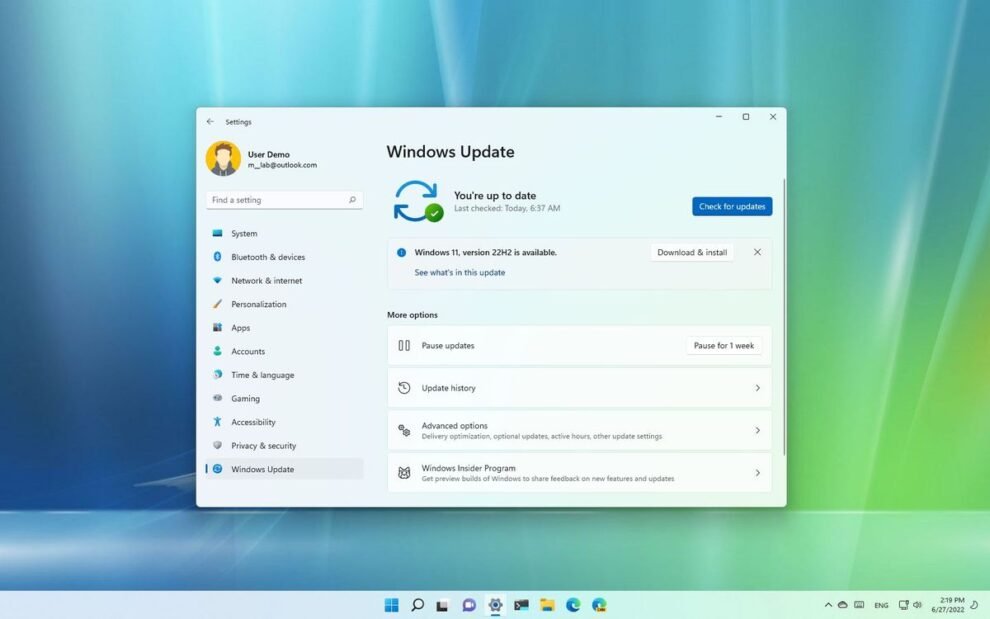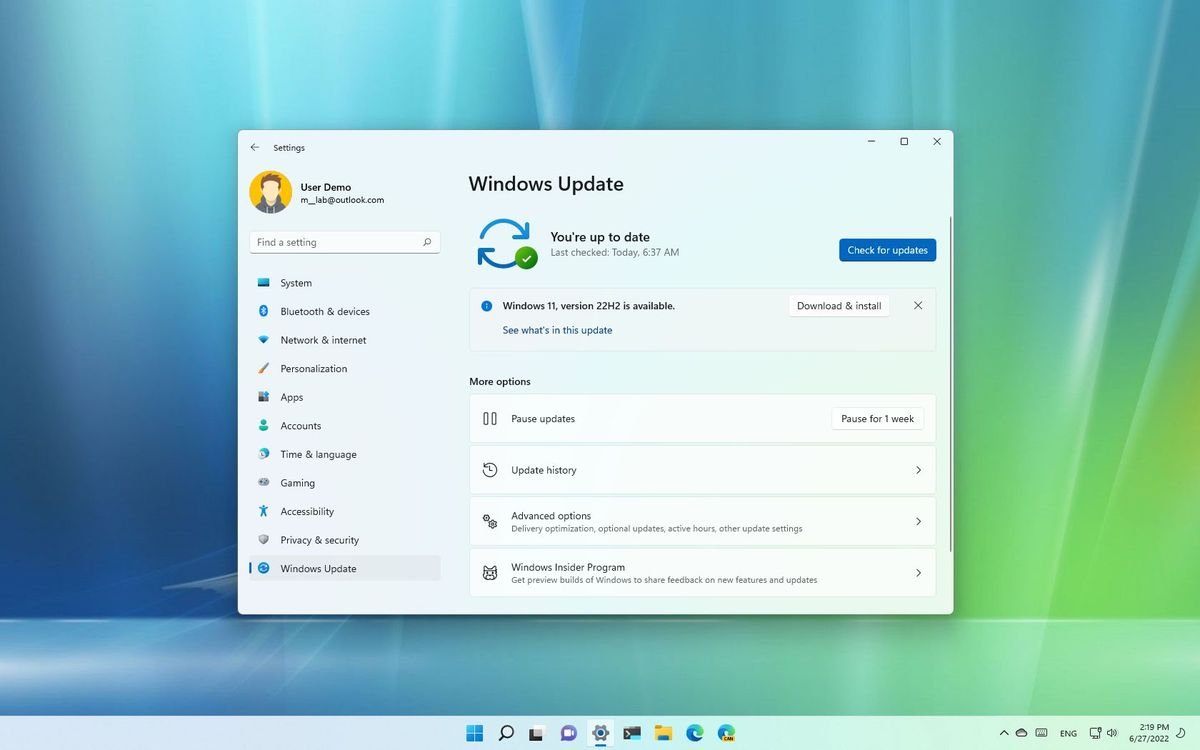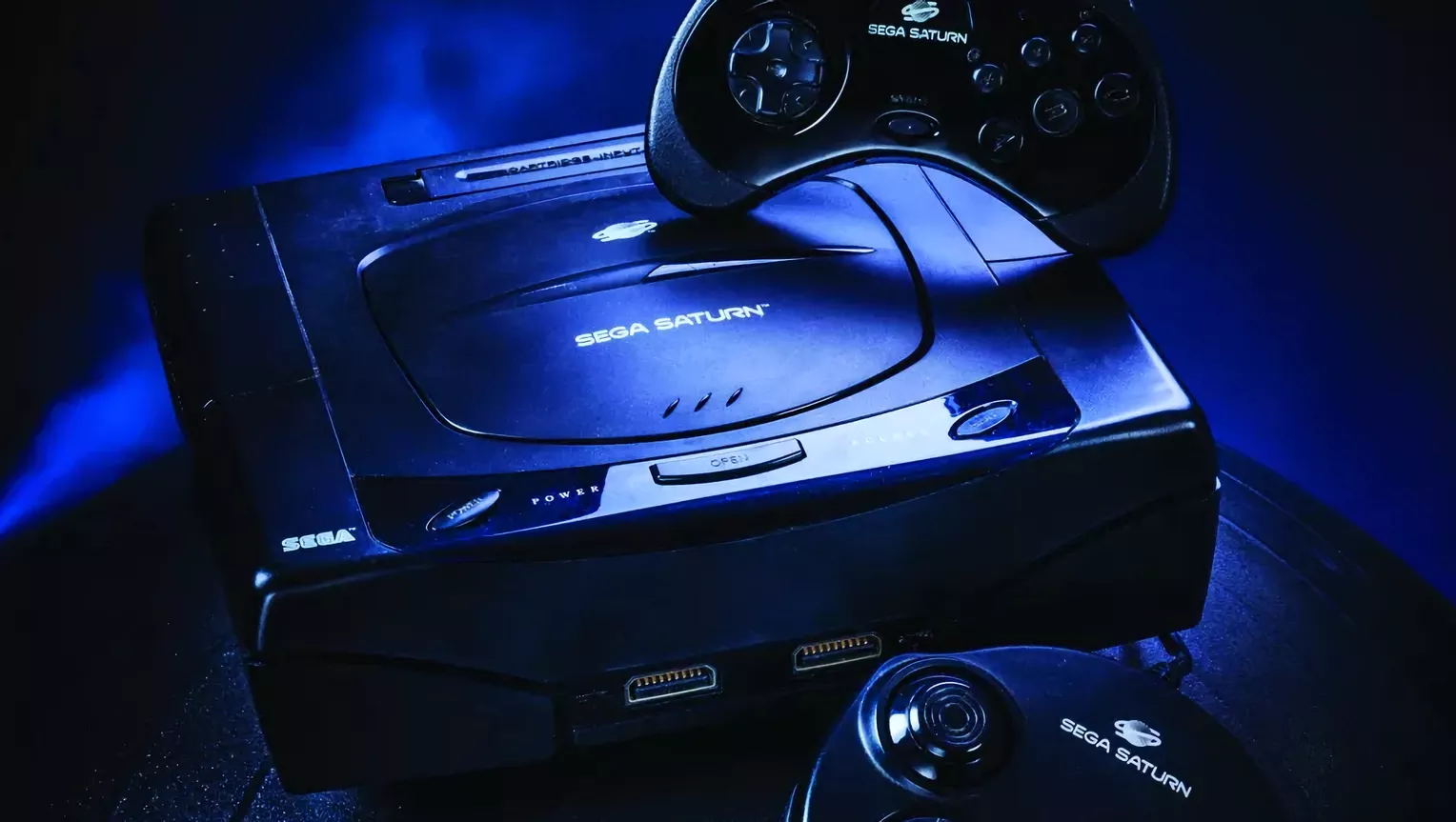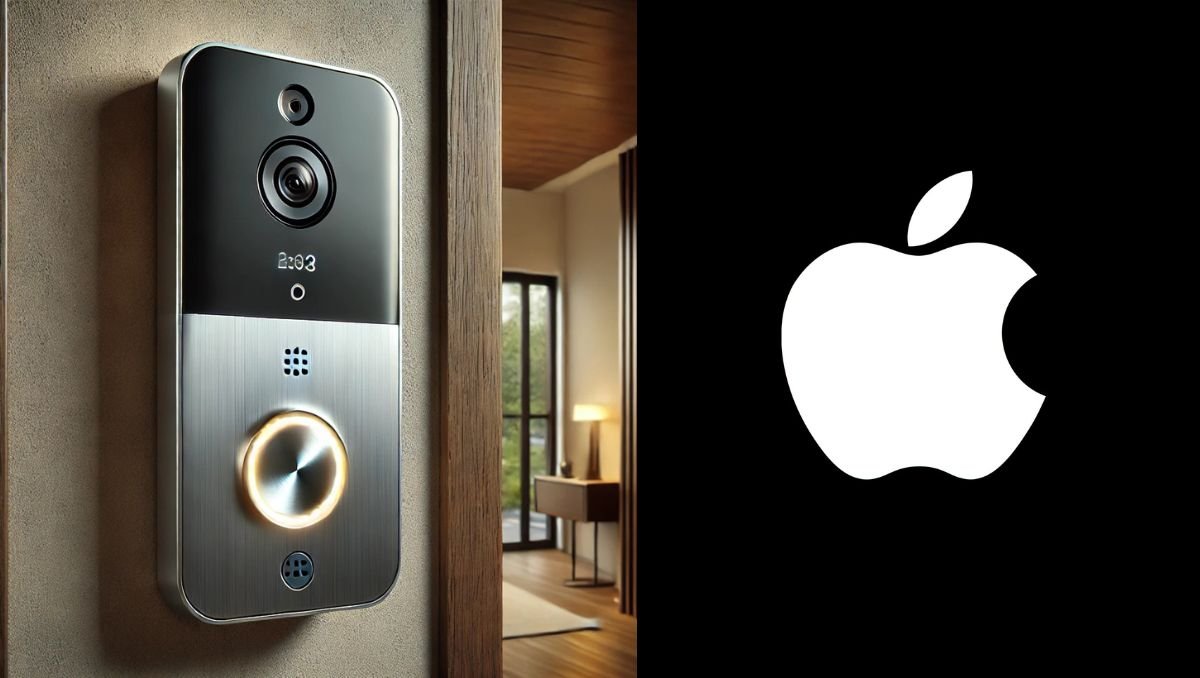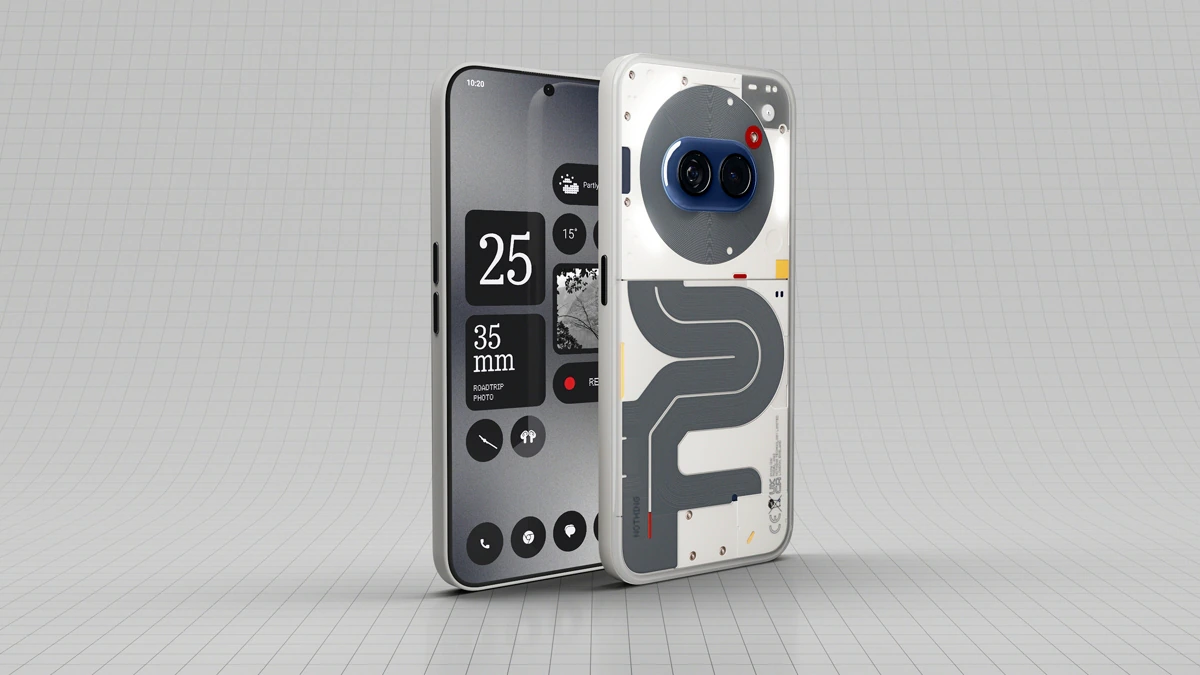Windows 11 users are accustomed to the occasional interruption of system updates, often followed by those time-consuming reboots. But Microsoft could soon make those update-related disruptions a thing of the past.
Key Highlights
- Potential for “hot patching”: Updates may be applied without a full system restart.
- Increased convenience: Minimize downtime and allow users to get back to work or play faster.
- Possible debut in 2023 update: This feature might arrive in a major Windows 11 update later this year.
- Enhanced efficiency: The change could boost productivity for users in all environments.
How Hot Patching Works
“Hot patching” is a method of updating software while it’s still running. Instead of completely shutting down and restarting, Microsoft has the ability to modify specific portions of the operating system on the fly. This technique has the potential to streamline the Windows 11 update experience significantly.
Why Frequent Reboots Are Necessary
Currently, many Windows updates deeply integrate with components of the operating system that are in active use. This means a comprehensive reboot is required to finalize the changes and keep Windows running smoothly. Hot patching would provide greater flexibility for updates that don’t touch these vital core components.
Potential Limitations
Naturally, the scale of hot patching for Windows will have its limits. Major system overhauls may still necessitate a full reboot. Microsoft would need to carefully categorize the types of updates that are ideal for hot patching.
Where Hot Patching is Already Used
This update delivery technique is not entirely new. Linux-based operating systems have benefited from hot patching capabilities (often called live patching) for years. Some critical Microsoft server software already utilizes the technique to minimize downtime in business-critical scenarios.
More Details on How Hot Patching Works
- Code replacement: Instead of altering entire files crucial to the running operating system, hot patching can replace specific lines of code within those files while they’re active in memory.
- Flexibility: Microsoft would likely need to develop a system to identify when a change is small enough in scope to be hot patched. Larger, more fundamental updates would still need traditional reboots.
Examples of Updates Suitable For Hot Patching
- Security patches: Critical vulnerabilities can often be fixed with targeted code adjustments, prime candidates for hot patching.
- Driver updates: Drivers for devices like printers or graphics cards could potentially be updated on the fly in some cases.
- Minor feature updates: Small changes to the user interface or certain system tools might be hot patchable.
User Feedback and the Future of Windows
Windows users have frequently voiced their desire for a less disruptive way to handle updates. While Microsoft has made strides in providing more control over when updates occur, lengthy reboots remain a point of friction for many. Hot patching for Windows 11 would mark a welcomed step towards a smoother user experience.
Windows 11 updates are vital for security and features, but the constant rebooting can become an annoyance. Hot patching offers a promising solution that aligns with the feedback of many users. If Microsoft manages to successfully integrate this technology on a larger scale within Windows 11, it could be a transformative improvement that makes the operating system feel even more responsive and user-friendly.

